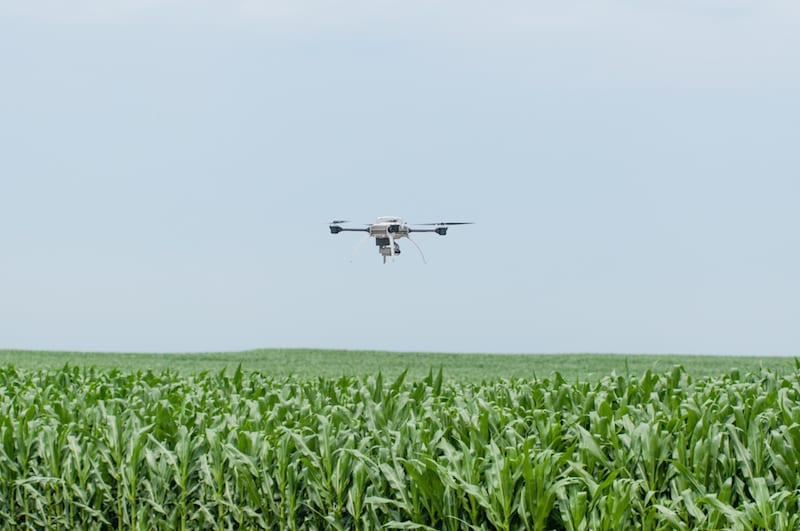Why are regulations for remotely piloted aircraft — known commonly as drones — taking so long? The FAA tries to answer that question in a recent blog post at ReadWrite.com
Drone
Video: Texas university conducts test flights for RPA sense-and-avoid system
PORT MANSFIELD, Texas – Texas A&M University Corpus Christi’s Lone Star Unmanned Aircraft Systems research center (LSUASC) conducted flight operations in early March to test a ground-based sense-and-avoid radar system designed to identify small remotely piloted aircraft (RPA) in a specific airspace. Bob Alger, Director of Business Development for SRC, Inc., said the equipment could be used, […]
Sharing the skies with RPAs
They fly, so pilots could love Remotely Piloted Aircraft (RPA) [with other terms also used, including unmanned aerial vehicles (UAV), unmanned aerial systems (UAS), and drones.] Some pilots are already involved with RPAs. However, RPA pilots remain on the ground. Is that the same? Differences have a way of dividing people, even when they may […]
Kansas university gets statewide access for RPAs
Kansas State University Salina has reached a milestone in the unmanned aircraft industry, becoming the first in the country to receive approval from the FAA for statewide access during flight operations. The university has received three Certificates of Authorization that will allow its remotely piloted aircraft (RPA) program to conduct research anywhere in the state […]
Droneport: FAA Approves Test of Drone Power Line Exams
Droneport is reporting the “FAA has approved San Diego Gas & Electric’s test program for the examination of rural power transmission lines with drone-mounted HD cameras.” SDGE will fly sub-one-pound quadcotpers in “four rural test sites 70 miles east of San Diego in the McCain, Valley. The drones replace manned helicopter inspections that cost nearly as much per flight hour as the drone system’s total cost.”
Touch & Go: Perspective matters
I’m excited to see what comes of the future of Unmanned Aerial Vehicles (UAVs) or drones. There is a great deal yet to learn, and ways UAV technology will scale up to the benefit of all aerospace. Of that, I have no doubt.
However, there is also much to figure out and, frankly, worry about.
Droneport.com: Navy Advances Autonomous Technology in Helicopters
From Droneport.com: “As reported by GulfNews.com, the US Navy is testing new autonomous technology in a sensor and software package that can turn any helicopter into cargo drones. With little input from the Marines they are destined to serve, the autonomous cargo helos will adapt to unexpected situations, including low visibility, they will encounter at combat landing zones.”
Droneport: FAA Flight Standards Issues Notice to Inspectors on Logging Drone Pilot Time
From Droneport.com, “Because it is getting more requests in the field, the FAA Flight Standards Division, whose aviation safety inspectors conduct pilot certification duties, recently issued a notice, Logging of Unmanned Aircraft Systems Pilot Time. It clarifies questions raised by drone pilots who request credit for flight time logged on drones.” Read the rest of Droneport.com Editor Scott Spangler’s take here.
UAVs and sliced airspace
By DAVE HOOK. The time is approaching when manned aircraft will be sharing the skies with unmanned drones on a regular basis in the United States. Late last year the FAA named six UAV operators to test unmanned aircraft flying in the U.S. National Airspace System (NAS). The testing sites and ranges have not been […]




